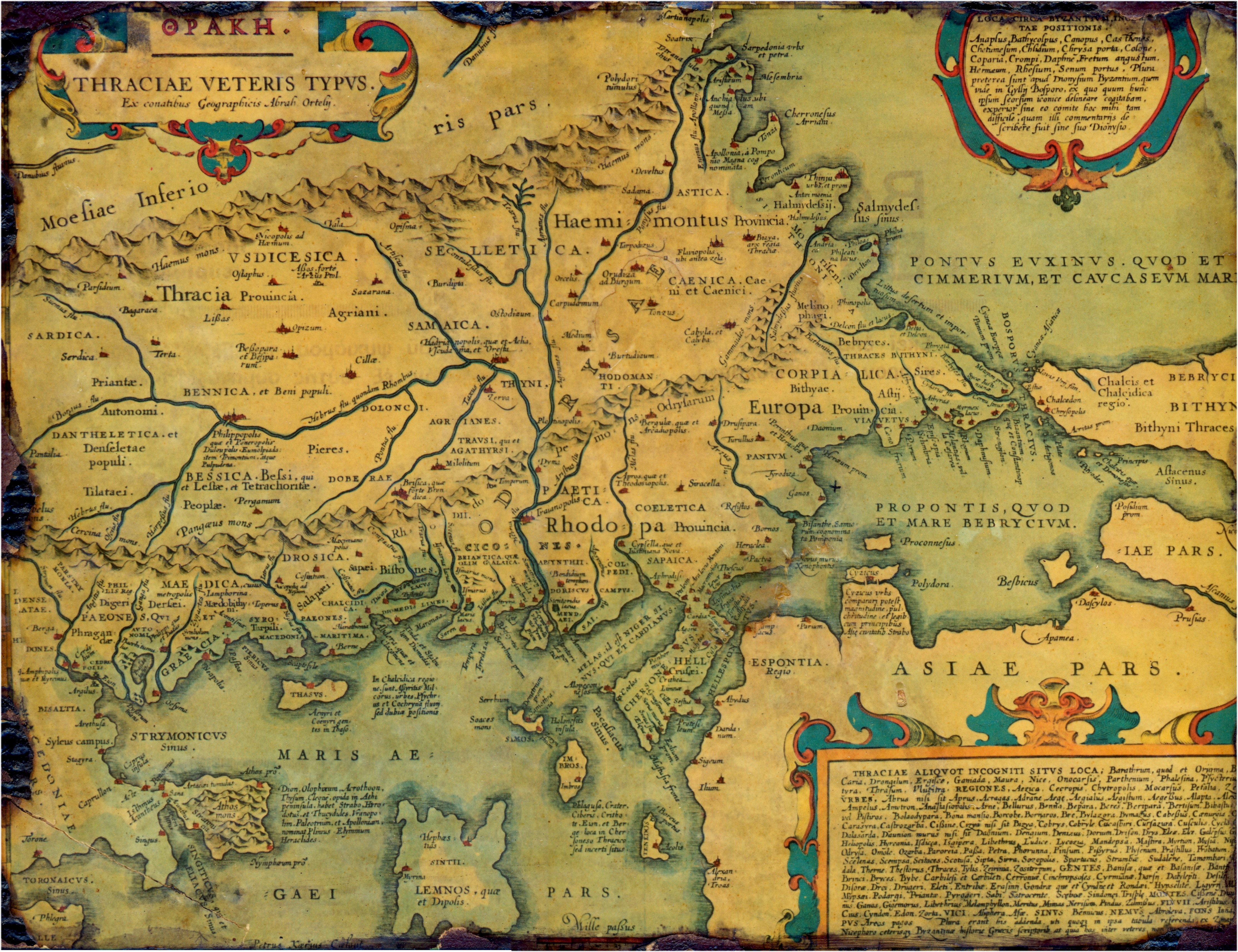|
Buricodava
Buricodava was a Dacian town. See also * Dava (Dacian), Dacian davae * List of ancient cities in Thrace and Dacia * Dacia * Roman Dacia Notes References Ancient * * * Modern * * * Further reading * * * External links * * Dacian towns {{Dacia-stub ... [...More Info...] [...Related Items...] OR: [Wikipedia] [Google] [Baidu] |
List Of Ancient Cities In Thrace And Dacia
This is a list of ancient cities, towns, villages, and fortresses in and around Thrace and Dacia. A number of these settlements were Thracian and Dacians, Dacian, but some were Celtic, Ancient Greece, Greek, Roman Empire, Roman, Paeonian, or Persian people, Persian. A number of cities in Thrace and Dacia were built on or close to the sites of preexisting Dacian or Thracian settlements. Some settlements in this list may have a double entry, such as the Paeonian ''Astibo'' and Latin ''Astibus''. It is believed that Thracians did not build true cities even if they were named as such; the largest Thracian settlements were large villages.The Cambridge Ancient History, Volume 3, Part 2: The Assyrian and Babylonian Empires and Other States of the Near East, from the Eighth to the Sixth Centuries BC by John Boardman, I. E. S. Edwards, E. Sollberger, and N. G. L. Hammond ,, 1992, page 612: "Thrace possessed only fortified areas and cities such as Cabassus would have been no more than larg ... [...More Info...] [...Related Items...] OR: [Wikipedia] [Google] [Baidu] |
Dava (Dacian)
''Dava'' (Latin language, Latinate plural ''davae'') was a Dacian language, Geto-Dacian name for a city, town or fortress. Generally, the name indicated a tribal center or an important settlement, usually fortified. Some of the Dacian settlements and the fortresses employed the Murus Dacicus traditional construction technique. Most of these towns are attested by Ptolemy, and therefore date from at least the 1st century CE. The dava towns can be found as south as the cities of Sandanski and Plovdiv in present-day Bulgaria. Strabo specified that the Dacians ("Daci") are the Getae. The Dacians, Getae and their kings were always considered as Thracians by the ancients (Cassius Dio, Dio Cassius, Gnaeus Pompeius Trogus, Trogus Pompeius, Appian, Strabo, Herodotus and Pliny the Elder), and were both said to speak the same Thracian language. Etymology Many city names of the Dacians were composed of an initial lexicon, lexical element (often the tribe name) affixed to ''-dava'', ''-d ... [...More Info...] [...Related Items...] OR: [Wikipedia] [Google] [Baidu] |
Dacia
Dacia (, ; ) was the land inhabited by the Dacians, its core in Transylvania, stretching to the Danube in the south, the Black Sea in the east, and the Tisza in the west. The Carpathian Mountains were located in the middle of Dacia. It thus roughly corresponds to present-day Romania, as well as parts of Moldova, Bulgaria, Serbia, Hungary, Slovakia, Czech Republic, Poland and Ukraine. A Dacian kingdom that united the Dacians and the Getae was formed under the rule of Burebista in 82 BC and lasted until the Roman conquest in AD 106. As a result of the Trajan's Dacian Wars, wars with the Roman Empire, after the conquest of Dacia, the population was dispersed, and the capital city, Sarmizegetusa Regia, was destroyed by the Romans. However, the Romans built a settlement bearing the same name, Ulpia Traiana Sarmizegetusa, Ulpia Traiana Sarmizegetuza, 40 km away, to serve as the capital of the newly established Roman Dacia, Roman province of Dacia. A group of "Free Dacians" may ... [...More Info...] [...Related Items...] OR: [Wikipedia] [Google] [Baidu] |
Roman Dacia
Roman Dacia ( ; also known as ; or Dacia Felix, ) was a province of the Roman Empire from 106 to 271–275 AD. Its territory consisted of what are now the regions of Oltenia, Transylvania and Banat (today all in Romania, except the last region which is split among Romania, Hungary, and Serbia). During Roman rule, it was organized as an imperial province on the borders of the empire. It is estimated that the population of Roman Dacia ranged from 650,000 to 1,200,000. It was conquered by Trajan (98–117) after two campaigns that devastated the Dacian Kingdom of Decebalus. However, the Romans did not occupy its entirety; Crișana, Maramureș, and most of Moldavia remained under the Free Dacians. After its integration into the empire, Roman Dacia saw constant administrative division. In 119 under Hadrian, it was divided into two departments: Dacia Superior ("Upper Dacia") and Dacia Inferior ("Lower Dacia"; later named Dacia Malvensis). Between 124 and around 158, Dacia Sup ... [...More Info...] [...Related Items...] OR: [Wikipedia] [Google] [Baidu] |



